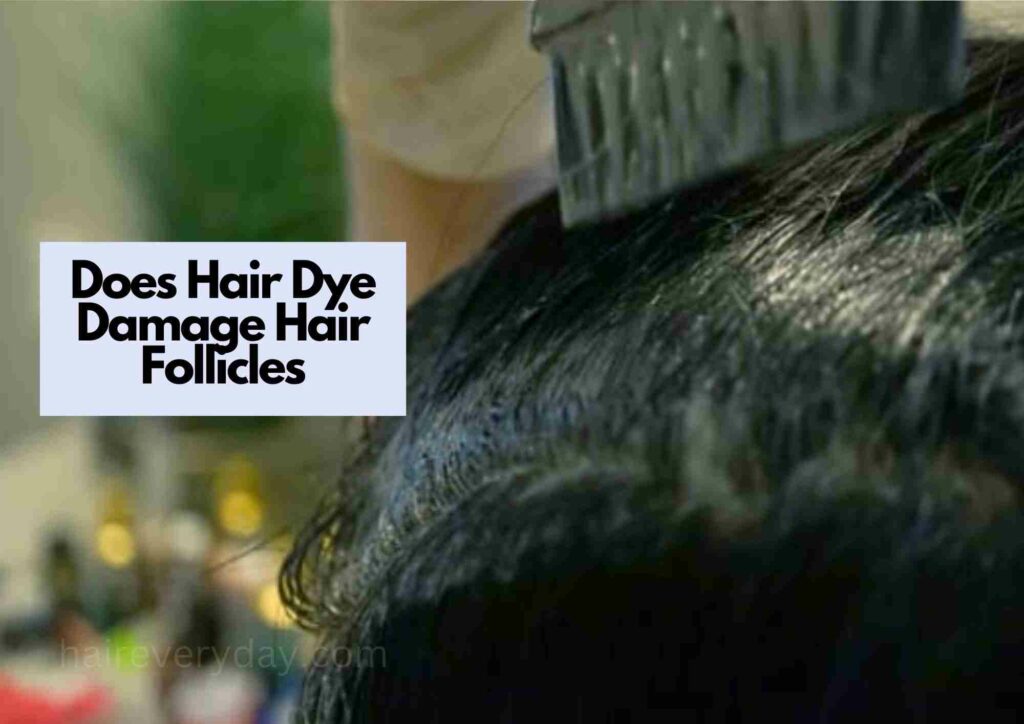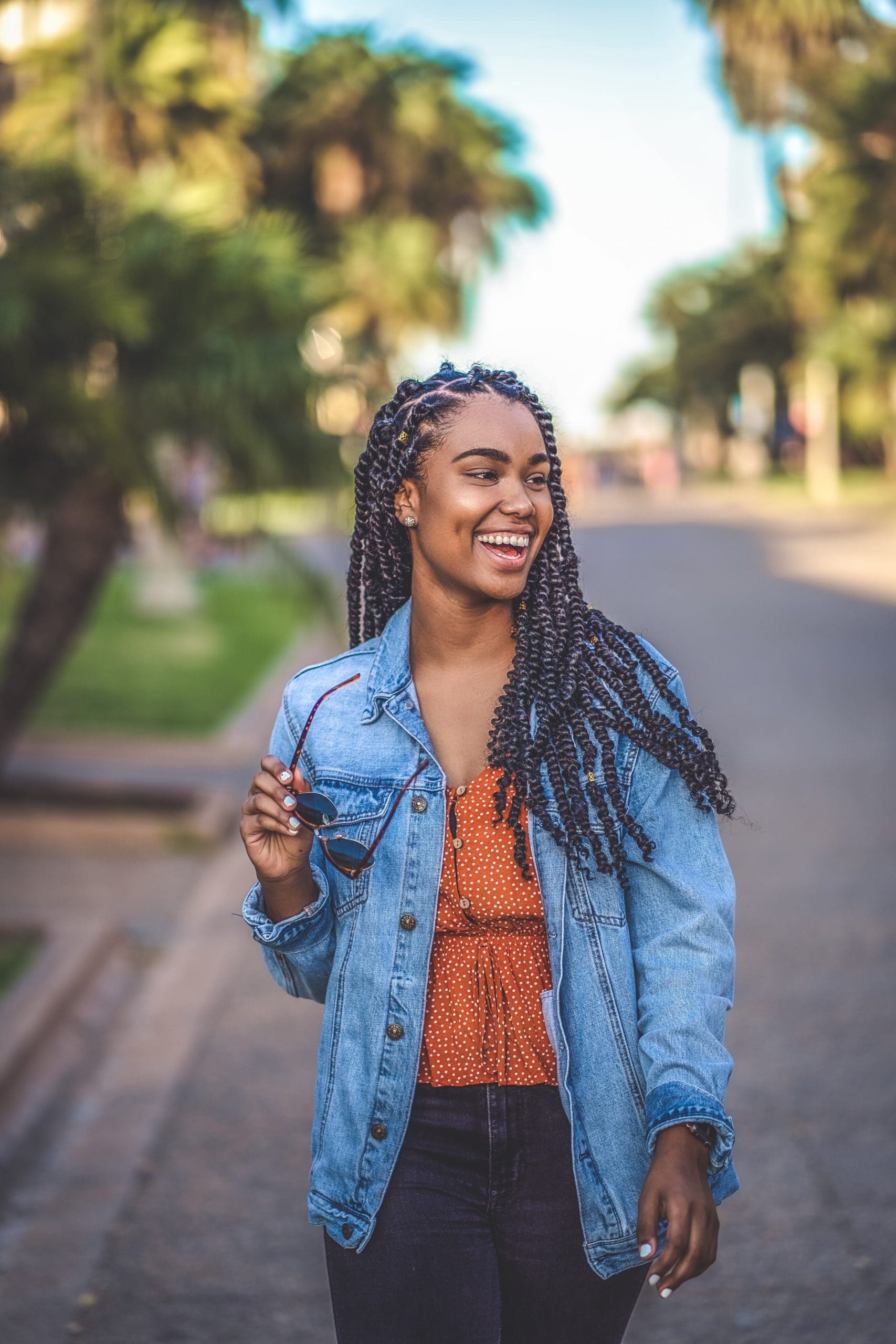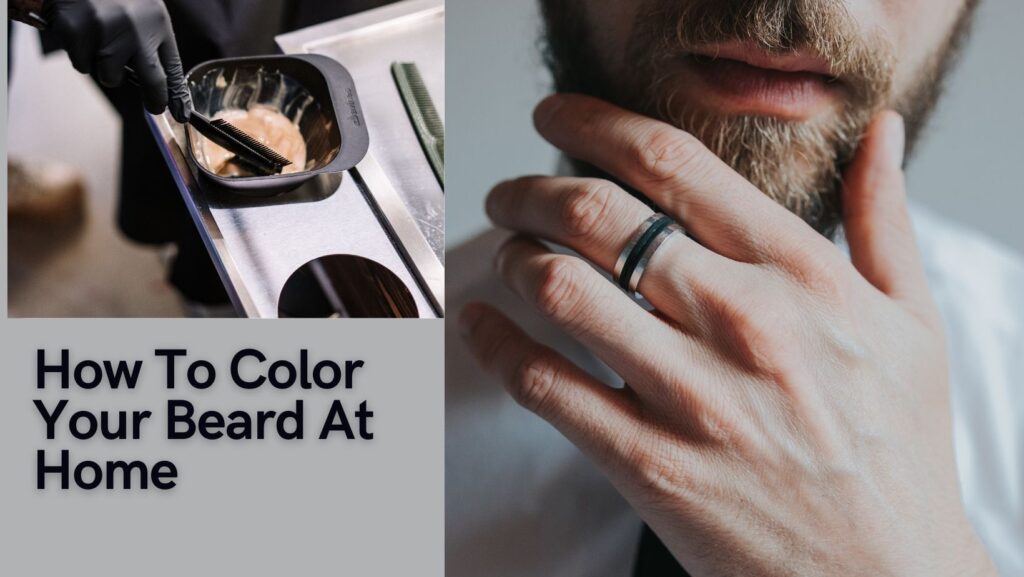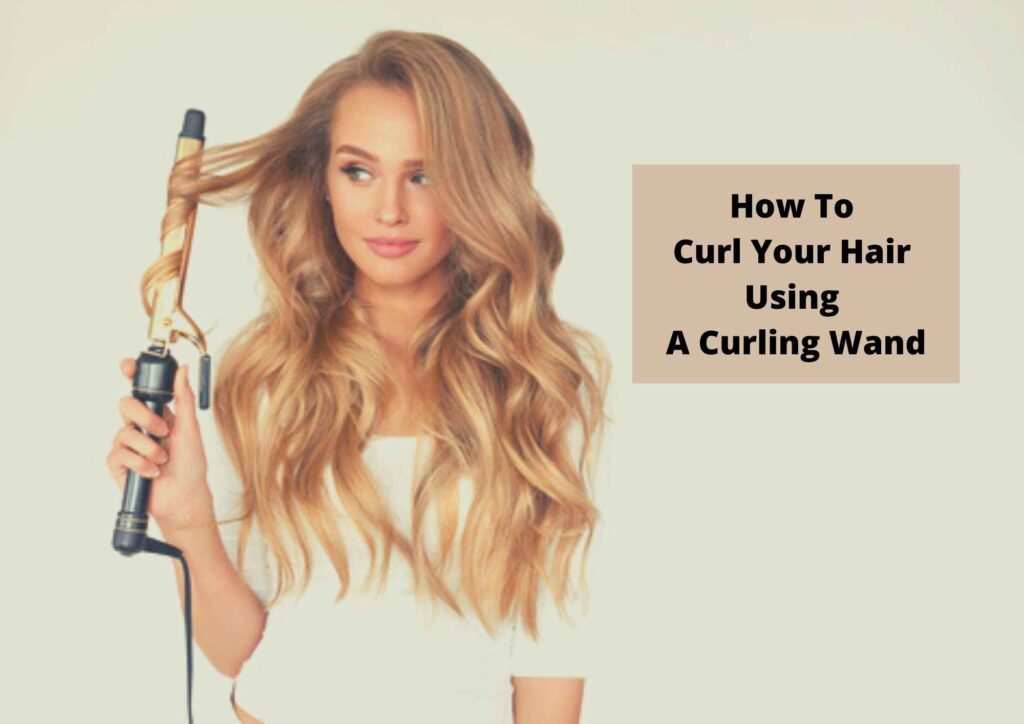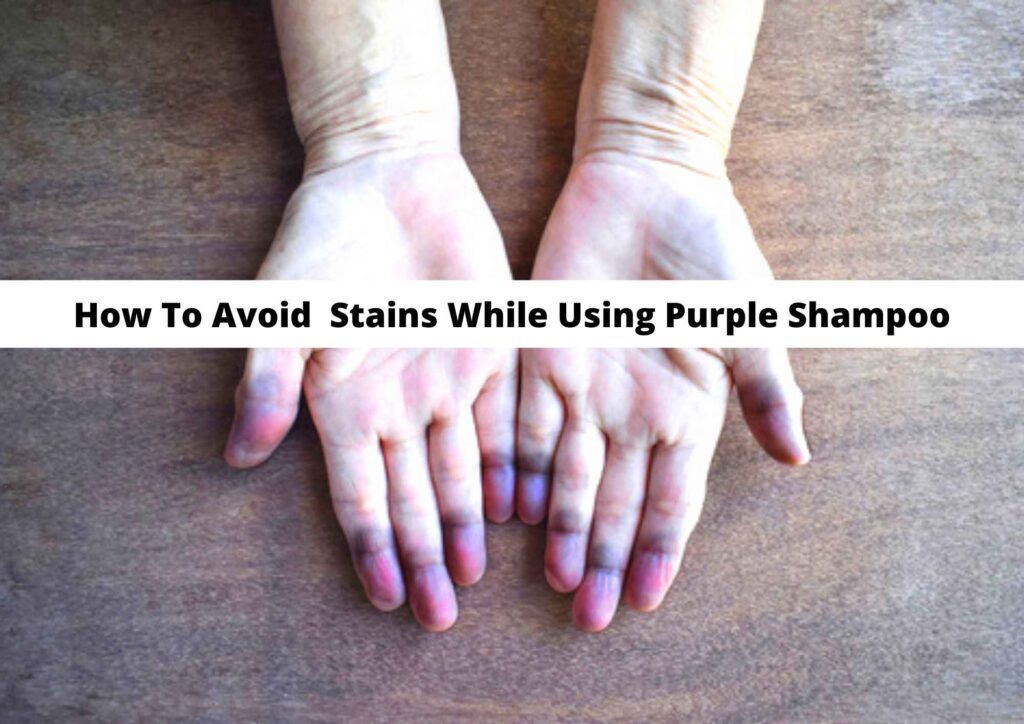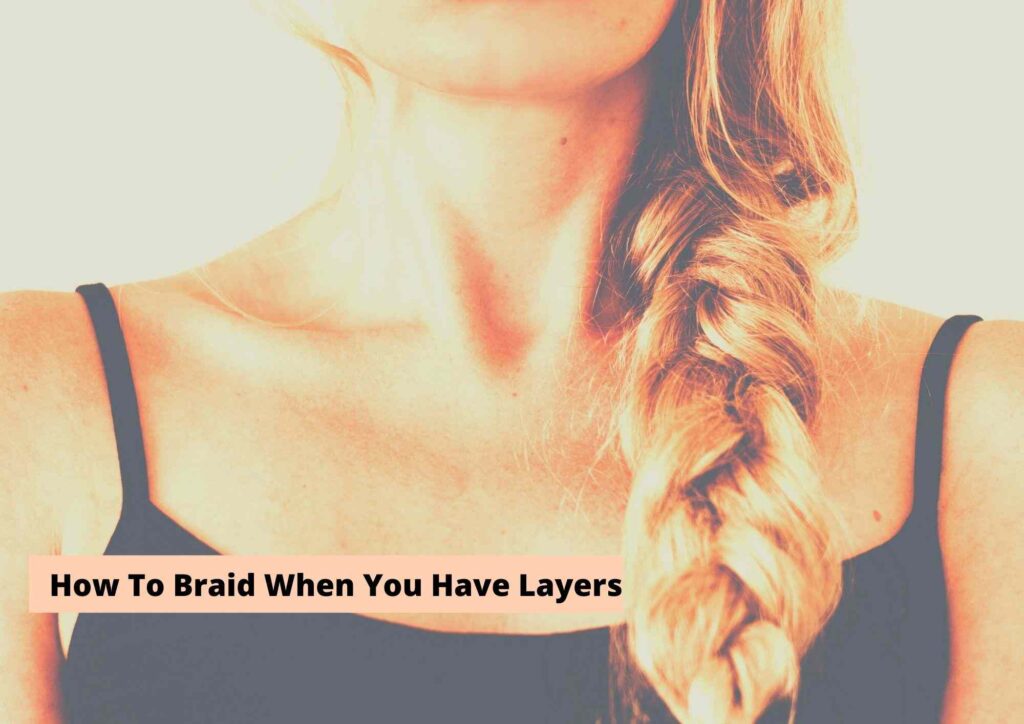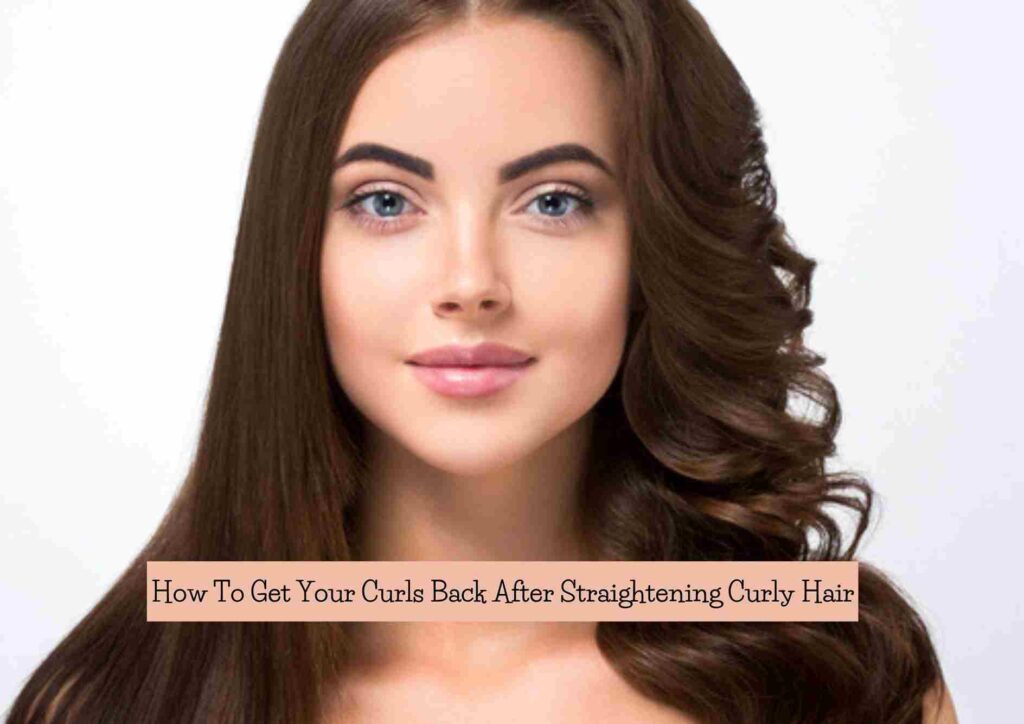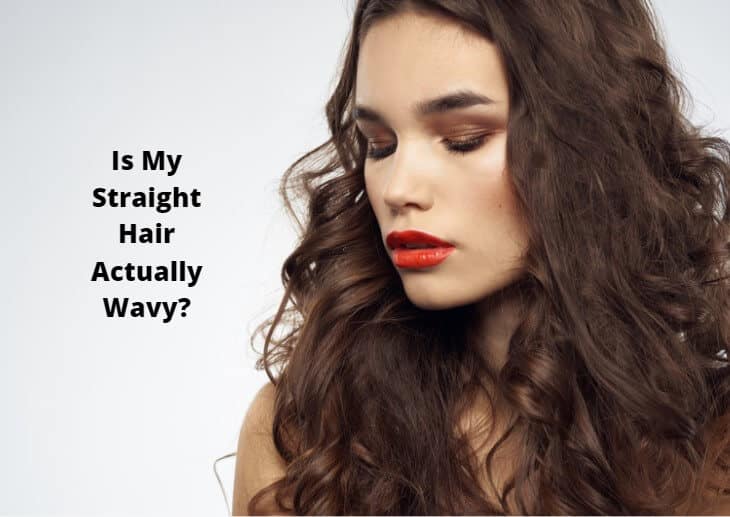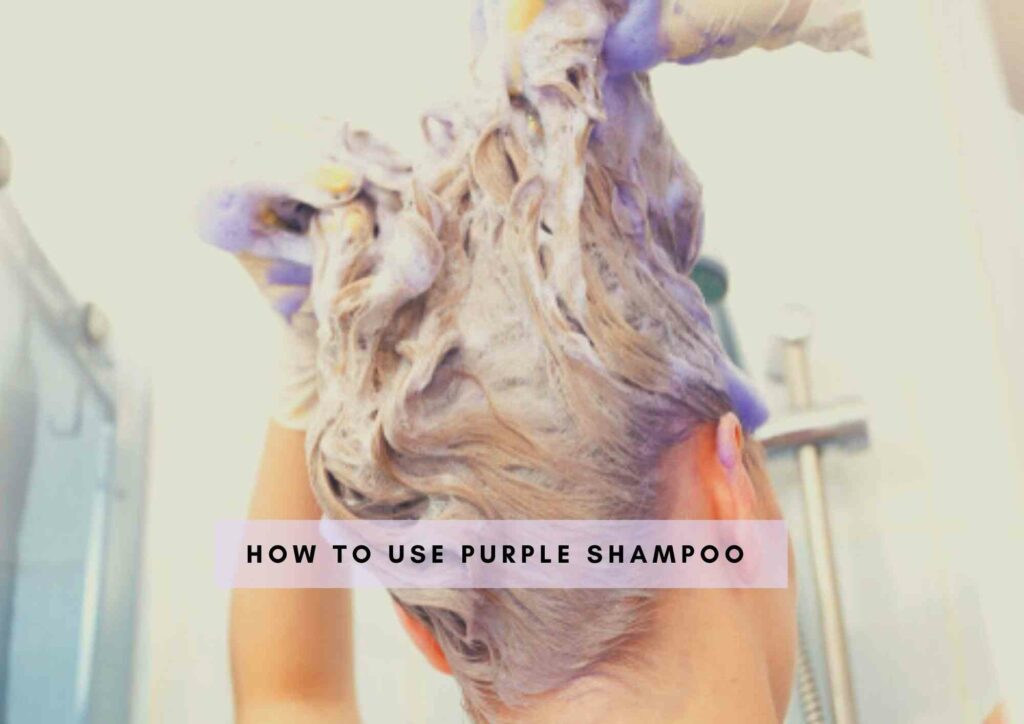Does hair dye damage hair follicles? Discover tips for maintaining healthy hair while enjoying a vibrant and stylish look. Get expert insights and advice on hair dye and follicle health in our informative guide.
Throughout my extensive career, I have witnessed the evolving landscape of hair treatments and concerns. In this discussion, we delve into the intriguing question: “Does Hair Dye Damage Hair Follicles?”
Drawing upon my expertise, we will explore the intricate relationship between hair dye and follicular health, unraveling the facts and dispelling myths surrounding this commonly pondered aspect of hair care.
Does Hair Dye Damage Hair Follicles?
No, hair dye doesn’t directly damage hair follicles, which are located deep beneath the scalp. However, the chemicals in dye can weaken hair strands, making them prone to breakage. This can lead to temporary hair loss, especially with frequent dyeing or harsh chemicals.
To minimize damage, opt for gentler dyes, space out coloring sessions, and practice good hair care.
As per a research article published by the Wiley Online Library, it states that while the hair is strong and resistant to external influencers, over time with the extensive use of hair cosmetics (which include hair dyes), the structural properties of the hair can get manipulated.
Can Dyeing Your Hair Cause Permanent Hair Loss?
While dyeing your hair doesn’t directly cause permanent hair loss, it can contribute to hair breakage and shedding that might appear like permanent loss, especially if you’re not careful.
This is because very harsh chemicals are used to dye the hair a certain color, chemicals like bleach, ammonia, hydrogen peroxide, P-Phenylenediamine (PPD) etc.
These harsh chemicals can cause an alteration in the structure of the hair cortex and can also strip the outermost protective layer of the hair strand. It can also lift the hair cuticles.
There can also be issues if you’re dyeing on sensitive scalp and cause psoriasis, dermatitis, inflammation, etc. that can further change the landscape where hair grow. This causes hair loss as well.
Therefore, there can be damage to the hair strand and also damage to the hair follicles on the hair scalp.
Thus, when the hair strand and hair follicle is damaged, the hair loses its strength and elasticity. Thus, there can be hair loss and also hair fall due to hair breakage.
Hence, experiencing hair loss after dyeing your hair is something that cannot be avoided even if you had previously healthy hair.
This is why it is advised that people with already damaged hair must avoid hair dyeing as it can cause even worse damage to the hair, which can over time become irreparable.
How To Prevent Damage When Coloring Hair?
Well, dyeing your hair without damaging it to even a certain extent is pretty much not possible. But there are certain small considerations you can make to prevent extensive hair damage while coloring the hair and even after your hair is colored.
Here are some of the ways on how you can prevent hair damage while and after coloring your hair:
· Firstly, avoid using bleach on your hair too often. Bleach is used to strip the hair off all its color and then uses a hair dye to color the hair. This is when you drastically change your hair color to a light shade like blonde, ash etc (especially if you have dark hair). Bleach is one of the most damaging things for the hair.
· Next, if you already know your hair is damaged, you can put off dyeing your hair for a while and instead work on ways to restore the health of your hair. Thus, simply put, hair dyeing should only be done on healthy hair.
· Use hair dyes that are of superior quality and try to use dyes that do not contain harsh chemicals like hydrogen peroxide, ammonia and PPD.
· Lengthen the gap between hair dyeing sessions to at least 6 to 8 weeks. This can help save the health of your hair.
· Once your hair has been colored, make sure to use nourishing products like nourishing sulfate-free, paraben-free and chemical-free shampoos and conditioners. Also, use deep conditioning and hydrating hair masks and treatments to provide additional nourishment to the colored hair. This can help seal the cuticles on the hair shaft and also protect the structure of your hair.
Which Hair Color Does Not Damage Hair?
All types of hair color are made from a certain amount of chemicals and are bound to cause considerable damage to the hair. Nevertheless, choosing hair colors that have minimal harmful ingredients like ammonia, PDD, hydrogen peroxide, bleach etc., are those that can help reduce the amount of damage caused to the hair.
Side Effects of Hair Dye on Scalp
While some of you may use hair dyes that do not contain harsh chemicals like ammonia, bleach, hydrogen peroxide or PPD, it is essential to remember that there are other chemicals as well which make up the dye and may not be as damaging as the above-mentioned harsh chemicals, but are still chemicals and can cause damage.
Here are some of the side effects of using hair dye on the hair and scalp:
1. Allergies and scalp conditions
Some people’s scalp skin may not agree with the hair dye and it can cause allergic reactions like scalp itchiness, soreness, swelling/inflammation and breakouts, most often called contact dermatitis, a scalp condition.
Using hair dyes on the hair can lead to other scalp conditions as well, like dandruff. Dandruff isn’t caused directly by using hair dyes, but when hair dyes are used, the chemicals strip the hair of its natural oils and thus, the dandruff-causing fungus can grow on the scalp.
2. Hair follicle damage
While the hair dye may not cause direct damage to the hair follicles, they cause damage to the scalp wherein the hair follicles lie. That’s when the hair follicle gets damaged. With the hair follicles damaged (where the hair emerges from), the hair emerges and then breaks off or emerges weak and dry or doesn’t emerge at all.
3. Hair damage and loss of hair
This is a very common problem of using hair dye – hair damage and loss of hair. When hair dye is used, the hair structure gets altered and also the hair strand gets damaged even from an external basis.
Thus, it causes the hair to become weak, with lesser elasticity and succumb to dryness and frizz. When this happens, the hair strands tend to break and there’s hair loss.
4. Loss of moisture from the hair
Since hair dye contains harsh chemicals, they can severely strip the hair of all its natural oils and deplete the existing moisture from within the hair strands.
Hair dye also causes the cuticles on the hair shaft to get raised, thus resulting in moisture loss. This can make the hair very dry and frizzy, while also making it brittle and weak.
Does Henna Hair Dye Damage Hair Follicles?
Pure henna itself, when used correctly, doesn’t directly damage hair follicles. Unlike synthetic dyes, it doesn’t penetrate the hair shaft or alter its internal structure. Instead, it coats the outer cuticle, adding colour and strengthening the hair strands. In fact, some claim henna can even benefit hair follicles by stimulating growth and conditioning the scalp.
However, there are caveats:
- Low-quality henna: If you use henna with additives like metallic salts or chemicals, these can damage hair and scalp.
- Improper application: Over-processing or leaving henna on for too long can dry out hair and irritate the scalp, potentially leading to temporary hair loss.
- Mixing with chemical dyes: Henna can react unpredictably with chemical dyes, causing breakage and damage.
The Final Takeaway
To conclude, we can definitely confirm that hair dyeing does cause considerable damage to the hair follicles and also to the hair strands as well. It can cause alterations to the hair cortex and hair shaft, while also damaging the hair follicles.
While hair dyeing may not cause permanent hair loss, there can be temporary loss of hair because the hair is damaged and tends to break.
Following some essential steps to prevent hair damage during and after the hair coloring process is important.
Also, though there is no specific hair color or dye that can cause absolutely no hair damage, being watchful of the dye you choose for your hair is very essential.
In this way, you can collectively reduce the damage caused by hair dye to your hair and hair follicles.
Also Read:
- Which Hair Dye Is Halal In The USA
- Hair Dye Vs Hair Gloss
- Why Hair Dye Won’t Take On Grey Hair
- Will Hair Dye Work Without Developer
- Can I Mix Hair Dye With Conditioner
To Summarize

